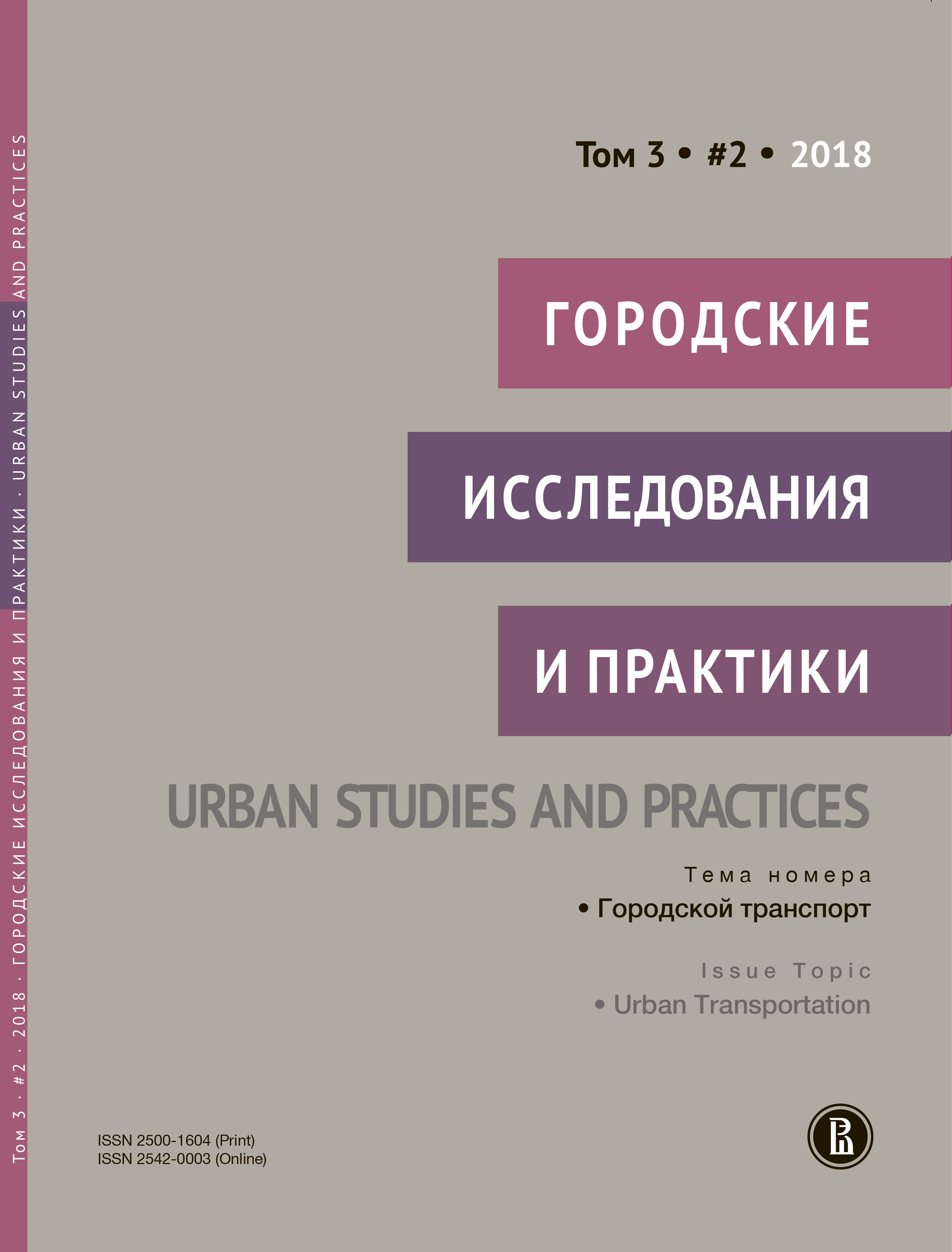Bike and safety in the city: the development of transport infrastructure
Abstract
In this research paper, safety problem of cyclists on the road is considered. Modern bicycle infrastructure or its absence in St. Petersburg does not allow cyclists to feel safe while cycling around the city, and also discourages citizens from the potential use of a bicycle, which is confirmed by a survey of the population conducted by St. Petersburg City Parking Control Center.
In order to identify the most dangerous districts for cycling, the open data of the traffic police of road accidents involving cyclists from 2015 to 2017, as well as the initial data of St. Petersburg CPCC survey were analyzed. With the help of the survey data, bicycle streams along the city districts were simulated, and the joint use of accident statistics made it possible to identify the emergency danger of the city districts. Preprocessing and analysis of accident data were performed using the R programming language in RStudio.
As a result, by using public and urban data, the cycle flow was modeled around the city's districts, and the most dangerous areas of the city were identified, primarily in need of a safe bicycle infrastructure. Recommendations are given to the state authorities of St. Petersburg on the popularization of cycling.
Downloads
References
Комплексное изучение велоинфраструктуры и ее использование жителями Санкт-Петербурга (2017) Аналитический отчет по результатам исследования. C. 1–53.
О правилах дорожного движения: Постановление Правительства Российской Федерации от 23 октября 1993 года No 1090 (с изменениями на 4 декабря 2018 года).
О Стратегии экономического и социального развития Санкт-Петербурга на период до 2030 года: Постановление Правительства Санкт-Петербурга от 13 мая 2014 г. No 355.
О Транспортной стратегии Санкт-Петербурга до 2025 года: Постановление Правительства Санкт-Петербурга от 13 июля 2011 года No 945 (с изменениями на 14 июня 2017 года).
Об утверждении Транспортной стратегии Российской Федерации на период до 2030 года: Распоряжение Правительства Российской Федерации от 22 ноября 2008 года No 1734-р (с изменениями на 11 июня 2014 года).
Показатели безопасности дорожного движения Государственной инспекции безопасности дорожного движения. Режим доступа: [http://stat.gibdd.ru/](http://stat.gibdd.ru/) (дата обращения: 01.02.2019).
Правительство въезжает в велосипедный рай (2012) // Фонтанка. Петербургская интернет-газета. 19 июля. Режим доступа: [http://www.fontanka.ru/2012/07/19/132/](http://www.fontanka.ru/2012/07/19/132/) (дата обращения: 01.02.2019).
Развитие велосипедной инфраструктуры. Комитет по развитию транспортной инфраструктуры Санкт-Петербурга. Режим доступа: [http://krti.gov.spb.ru/velo/](http://krti.gov.spb.ru/velo/) (дата обращения: 01.02.2019).
Управление Федеральной службы государственной статистики по Санкт-Петербургу и Ленинградской области. Режим доступа: [http://petrostat.gks.ru/](http://petrostat.gks.ru/) (дата обращения: 01.02.2019).
Blond K. (2016) Prospective Study of Bicycling and Risk of Coronary Heart Disease in Danish Men and Women // Circulation. Vol. 134. No. 18. P. 1409–1411.
DiGioia J. (2017) Safety Impacts of Bicycle Infrastructure: A Critical Review // J. Safety Res. Vol. 61. P. 105–119.
Handy S. (2014) Promoting Cycling for Transport: Research Needs and Challenges // Transport Reviews. Vol. 34. No. 1. P. 4–24.
Kondo M.C. (2017) Where do Bike Lanes Work Best? A Bayesian Spatial Model of Bicycle Lanes and Bicycle Crashes // Saf. Sci. Vol. 103 (Oct.). P. 225–233.
Meletiou M.P. (2005) Economic Impact of Investments in Bicycle Facilities — Case Study of North Carolinaʼs Northern Outer Banks // Transportation Research Record. Vol. 1939. P. 15–21.
PRESTO Cycling Policy Guide (2009). General Framework. P. 1–15.
Pucher J., Buehler R. (2008) Making Cycling Irresistible: Lessons from The Netherlands, Denmark and Germany // Transport Reviews. Vol. 28. No. 4 (Jul.) P. 495–528.

